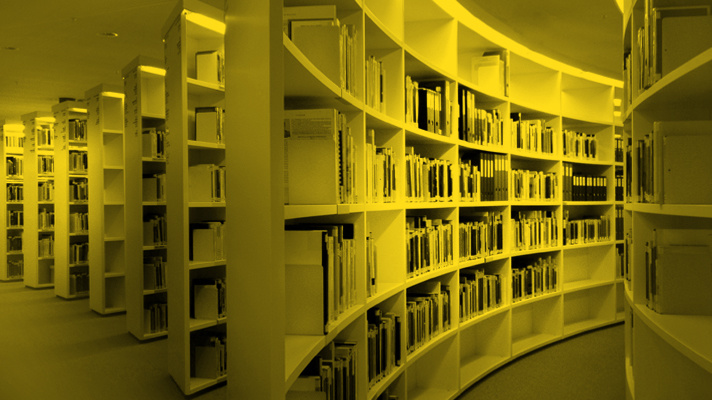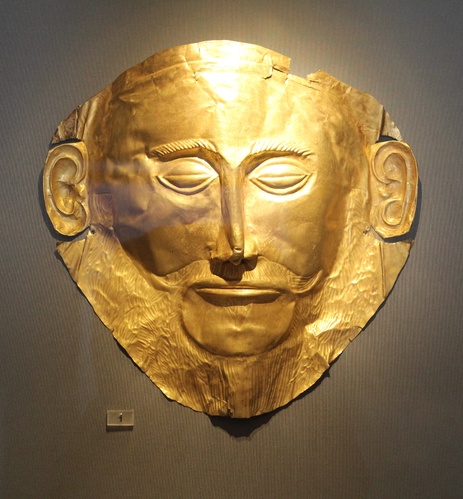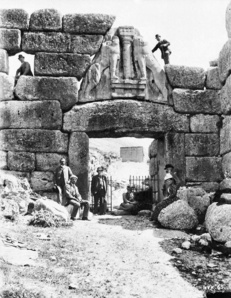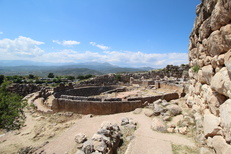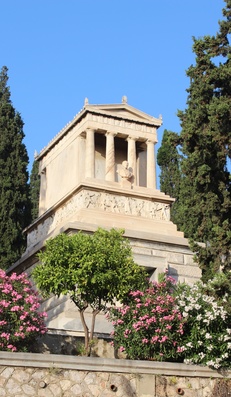The research group led by Prof. Dr. Ernst Pernicka at the Curt-Engelhorn
Centre of Archaeometry in Mannheim, with graduate physicist Moritz Numrich
as junior researcher, is dedicated to these questions. It is unclear, for
example, whether the objects were made on site and whether and to what
extent gold was alloyed and purified. Sometimes the authenticity and dating
of the objects are dubious. And last but not least, the origin of the gold
itself remains an unsolved mystery in Mycenaean archaeology and metallurgy:
Since there were no gold deposits in the southern Aegean, the gold had to be
imported, either in the form of ingots or as finished art objects. An
obvious choice as a mining area for the gold was the Balkans, for example
the only known prehistoric gold mine in Europe, located on Mount Ada Tepe
near Krumovgrad in southern Bulgaria. Other archaeological sources point to
northern Greece, western Anatolia, Egypt or Sudan as possible regions of
origin of the gold.
Professor Pernicka and his team will conduct analyses of major, minor, and
trace elements on a representative sample of about 150 Mycenaean and
contemporary gold artifacts associated with the Mycenaean culture. In this
way, questions will be answered concerning the classification of the material, the origin and thus possible trade routes, and possible purification processes of
the gold used in the Bronze Age. Furthermore, the aim is to
determine the number of workshops involved in the production of the objects
on the basis of these analyses conducted over a period of two years.
Transporting these objects to a laboratory, where they could be
scientifically analysed with regard to their composition, is generally not
permitted for political or insurance reasons. Until now, scientific
investigations including the analysis of trace elements contained in
gold required the now unacceptable macroscopic removal of sample material. An innovative method for minimally invasive sampling of gold
objects has therefore been developed by the Swiss Federal Institute of Technology
Zurich, which can be used on a mobile basis worldwide. This novel method
uses a portable laser ablation device to remove so little material – in the
order of millionths of a gram – from objects that the sampled area
cannot be seen with the naked eye. This system has already been successfully
tested in the examination of archaeological gold objects from various dates.
In cooperation with experts from the Austrian Academy of Sciences and the
Curt-Engelhorn Centre of Archaeometry in Mannheim, this method will now be
used in the National Archaeological Museum in Athens and numerous other
European museums.
The questions of authenticity, distribution and origin of the gold are of
great relevance for the understanding of Mycenaean culture and precious
metallurgy in the Late Bronze Age. The research group’s findings will come out in several publications, including the Journal of Archaeological
Science, and discussed in international workshops.

